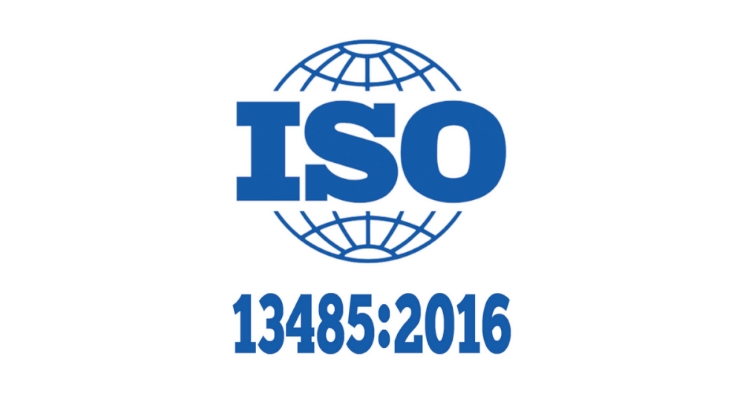Compliance: Understanding ISO 13485:2016

An overview of the key portions of ISO 13485:2016 is given in this article.
Why was ISO 13485 updated in 2016 and approved?
The ISO 13485 standard is now part of many global regulatory organizations’ criteria, enabling businesses to market their products abroad. The revision to ISO 13485:2003 facilitates compliance with legal obligations for documentation, complaint handling, and regulator reporting.
A stronger focus on risk-based quality and safety initiatives
The high-level Annex SL structure present in the other ISO 9001:2015 standards is absent from the ISO 13485 standard. However, exactly as the need that is referenced more than a dozen times in the ISO 9001:2016 standards, it necessitates risk-based approaches for quality and safety protection. Compared to ISO 13485:2003, there is a stronger emphasis on risk-based approaches to quality and safety.
Companies must demonstrate that risk is considered across all Quality Management System (QMS) activities to comply with ISO 9001:2016.
Quality management system
Definition of a quality management system: “A formal system that documents the structure, processes, roles, and responsibilities necessary to achieve effective quality management.” A quality management system is (ASQ).
The QMS’s core set of rules, processes, forms, and job instructions make up what it consists of. Additionally, it offers the steps, contacts, and tools needed to work with a medical device manufacturer. To demonstrate that the QMS is implemented and followed, quality record documentation is undertaken.
Different markets have different regulatory needs. The QMS content should satisfy the requirements of ISO 13485:2016 in addition to the unique regulatory requirements of the market where the medical device is to be manufactured and marketed.
Monitoring and controlling procedures that affect the risk-based approach’s requirements:
Processes that affect the requirements of the risk-based approach ISO 13485:2016 must be monitored and controlled, whether you run them internally or outsource some of them. Any resources that are outsourced should have clear roles and responsibilities in written quality agreements. The QMS should be continuously monitored for effectiveness, and any necessary adjustments should be performed and documented. Having KPIs for the processes inside the QMS is one of the greatest methods to achieve this.
By certifying their computer systems, businesses may show that they are serious about preserving safety and quality. The more detailed specifications for validating programmes used in the creation or upkeep of medical devices, including Enterprise Resource Planning (ERP), Quality Management Systems (QMS), Laboratory Information Management Systems (LIMS), and any other systems, are found in ISO 13485. Many life sciences organisations select automated software validation because it saves time and resources.
It is best to design and configure the software to comply with ISO 13485 before you even begin using it. Companies can quickly achieve CFR part 11 compliance by setting up an automated system for validation.
The QMS’s Purpose:
It is a summary of the activities carried out by your business and the parameters of your Quality Management system.
- The certification organisation must concur with the statement made on the ISO 13485.
- should contain a list of any exceptions to the norm.










